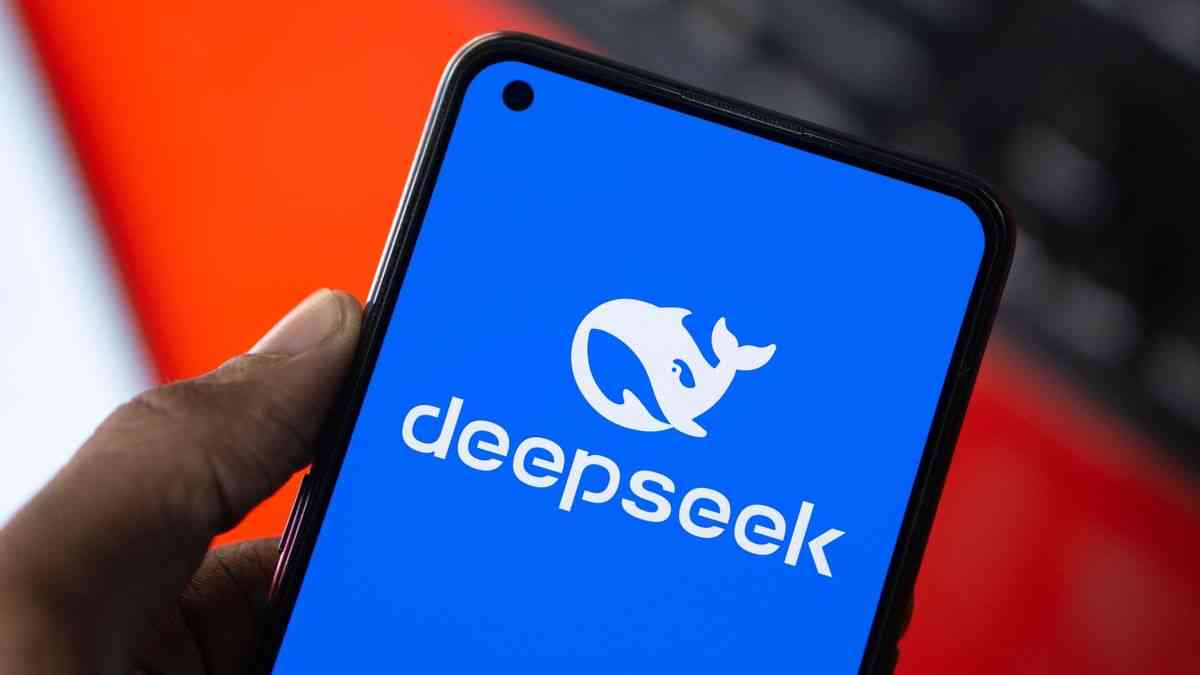
IN Zimbabwe, cheap Chinese products are often dubbed "zhing-zhongs", a term coined to suggest inferior quality.
However, recent developments in the global tech landscape may challenge this notion.
President Donald Trump’s recent US$500-billion Stargate Project was aimed at maintaining United States (US) dominance in the artificial intelligence (AI) race.
This amounts to half a trillion US dollars — a staggering sum that is difficult to grasp in everyday terms.
However, China’s DeepSeek has disrupted this landscape by developing competitive AI models such as DeepSeek-R1 and Janus-Pro-7B at significantly lower costs, utilising less-advanced chips and just US$6 million in machine training expenses.
This innovation challenges the notion that cutting-edge AI requires massive investments, leading to significant drops in US tech stocks such as Nvidia.
DeepSeek AI, a Chinese startup, has caused ripples strong enough to unsettle financial markets and shift global technological power.
Its rapid rise and ground-breaking advancements have triggered a US$2 trillion wipe-out in US stock market valuations, leaving investors, policymakers, and tech leaders scrambling to grasp the implications.
- Putin exacerbates Africa’s food crisis
- Internet gags costing Africa US$2bn in revenue
- Society must change its negative perception on disability
- Chinese threats on The Standard condemned
Keep Reading
This major event reflects technological ingenuity, geopolitical competition, and the high stakes of the global AI race.
DeepSeek’s breakthrough
DeepSeek’s prominence stems from its revolutionary approach to AI development.
Unlike traditional models that rely on extensive computational resources and expensive infrastructure, DeepSeek has developed a proprietary architecture that delivers comparable or superior performance at a fraction of the cost.
This breakthrough enables smaller players to compete in a space historically dominated by tech giants such as OpenAI, Google DeepMind, and Microsoft.
DeepSeek’s flagship product, a general-purpose AI model capable of complex tasks with minimal training, has drawn comparisons to OpenAI’s GPT-4 and Google’s Gemini.
What sets DeepSeek apart is efficiency; early reports suggest its model requires 70% less computational power while maintaining similar accuracy and versatility.
This innovation has profound implications for industries ranging from healthcare to finance, where the cost of deploying advanced AI systems has often been prohibitive.
The financial fallout
DeepSeek’s emergence has sent shockwaves through financial markets. Within days of its public unveiling, major US tech companies saw their valuations plummet as investors recalibrated expectations for AI dominance.
The US$2 trillion wipeout can be attributed to several factors:
Competitive threat – Companies such as Nvidia, Microsoft, and Alphabet, long viewed as AI leaders, now face challenges from DeepSeek’s cost-efficient technology, raising concerns about their profit margins in a competitive landscape.
Geopolitical tensions – DeepSeek’s Chinese base adds complexity. As US-China relations remain strained, the prospect of China gaining a strategic edge in AI development heightens investor anxiety, particularly in semiconductors and cloud computing.
Market overreaction – Some analysts argue the market’s reaction was exaggerated, driven more by fear than fundamentals. However, even if the immediate impact was overblown, the longer-term implications of DeepSeek’s technology are significant.
The broader implications
DeepSeek’s success raises important questions about the future of AI development and innovation globally:
A shift towards cost-efficiency – The narrative around AI has long been centred on scale, with bigger models and more powerful hardware. DeepSeek challenges this by proving that efficiency can be equally transformative, potentially democratising access to AI technologies for startups and smaller enterprises.
DeepSeek’s rapid rise in AI has reignited the debate between open-source and proprietary models. Open-source software, which grants public access to its code, encourages collaboration and innovation. If DeepSeek continues to embrace openness, it could drive faster technological progress and challenge the dominance of proprietary systems, forcing major players to adapt. However, this shift also raises concerns about security, misuse, and intellectual property risks, highlighting the trade-offs of a more open AI ecosystem.
The role of government policy – The geopolitical dimension of DeepSeek’s success cannot be overstated. As governments grapple with AI regulation, intellectual property rights, and security concerns, DeepSeek serves as a reminder that innovation knows no borders. This may prompt renewed efforts in the US and Europe to invest in domestic AI capabilities.
The US-China rivalry
DeepSeek symbolises China’s growing prowess in cutting-edge technologies. Years of investment in AI research and development through state-backed initiatives and private partnerships are beginning to bear fruit. This emergence underscores how these investments could reshape global power dynamics in technology.
For the US, this stands for both a wake-up call and an opportunity:
- The wake-up call – The US must not take its historical dominance in AI for granted. To maintain its leadership, it needs to address talent shortages, rising infrastructure costs, and regulatory uncertainty.
The opportunity – Competition often drives innovation. If US-based companies rise to the challenge posed by DeepSeek, the entire industry may benefit from renewed focus on efficiency and accessibility.
What lies ahead for DeepSeek While DeepSeek has captured global attention with its ground-breaking technology, its journey is far from over.
The company faces several challenges:
Scaling up – As demand grows, DeepSeek must scale operations without compromising quality, a delicate balancing act for any startup.
- Regulatory scrutiny – Operating at the intersection of technology and geopolitics means DeepSeek will likely face increased scrutiny from regulators both domestically and internationally.
- Sustaining innovation – In an industry characterised by rapid technological advancements, staying ahead requires continuous investment in research and development.
A defining moment for Global AI
DeepSeek’s emergence marks a pivotal moment for the global AI ecosystem.
By challenging established norms around cost-efficiency and scalability, it opens up new possibilities for what AI can achieve and who can lead in this space.
For investors and industry leaders, this serves as both a cautionary tale about complacency and an inspiring example of what is possible when bold ideas meet cutting-edge technology. The race for AI supremacy is far from over.
Bangure is a filmmaker with a media degree and substantial experience in media production and management. He previously served as the chairperson of the National Employment Council for the Printing, Packaging, and Newspaper Industry. A dedicated enthusiast and scholar of artificial intelligence, Bangure combines his creative and technical skills to delve into innovative advancements. — [email protected].











